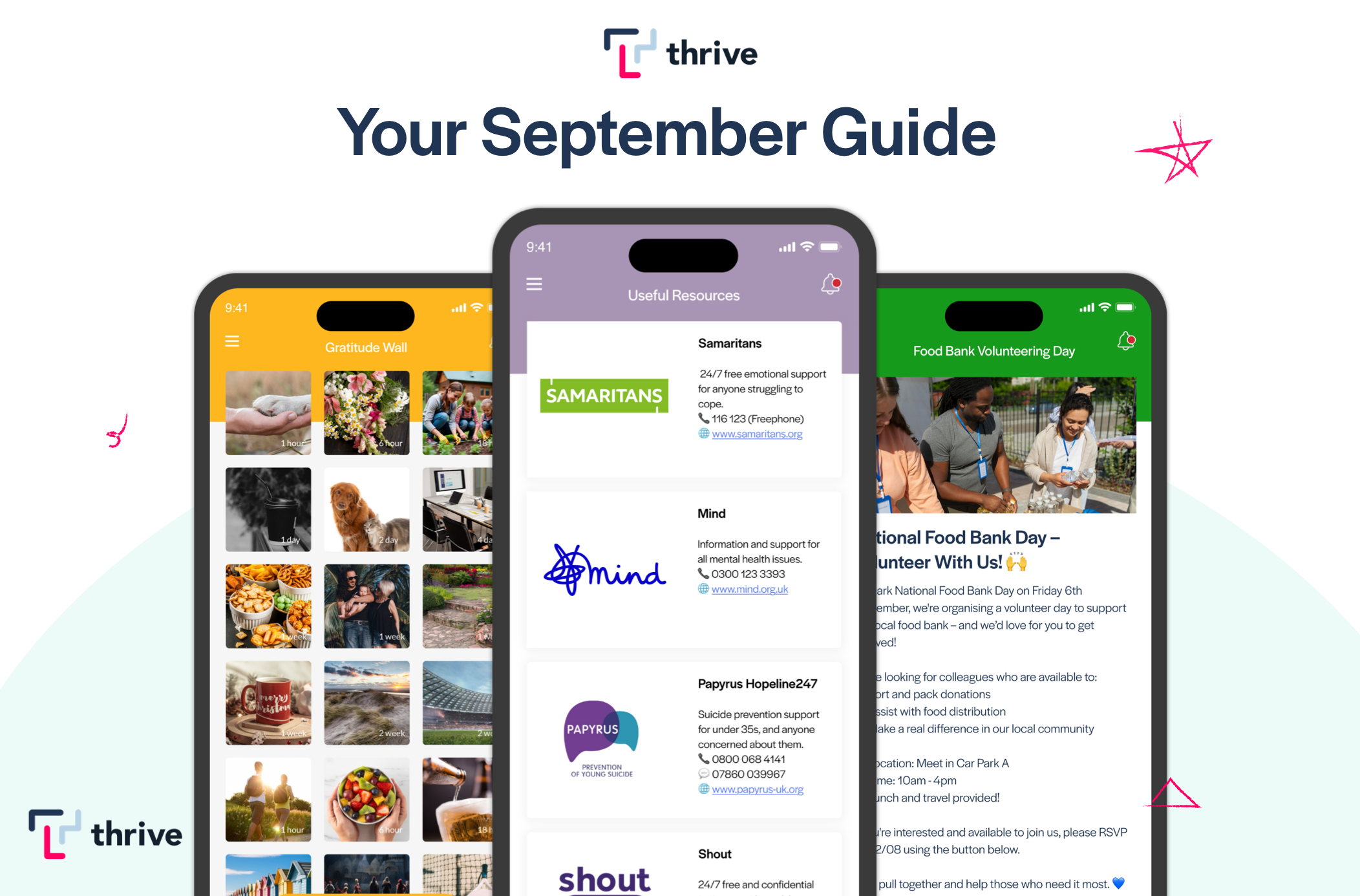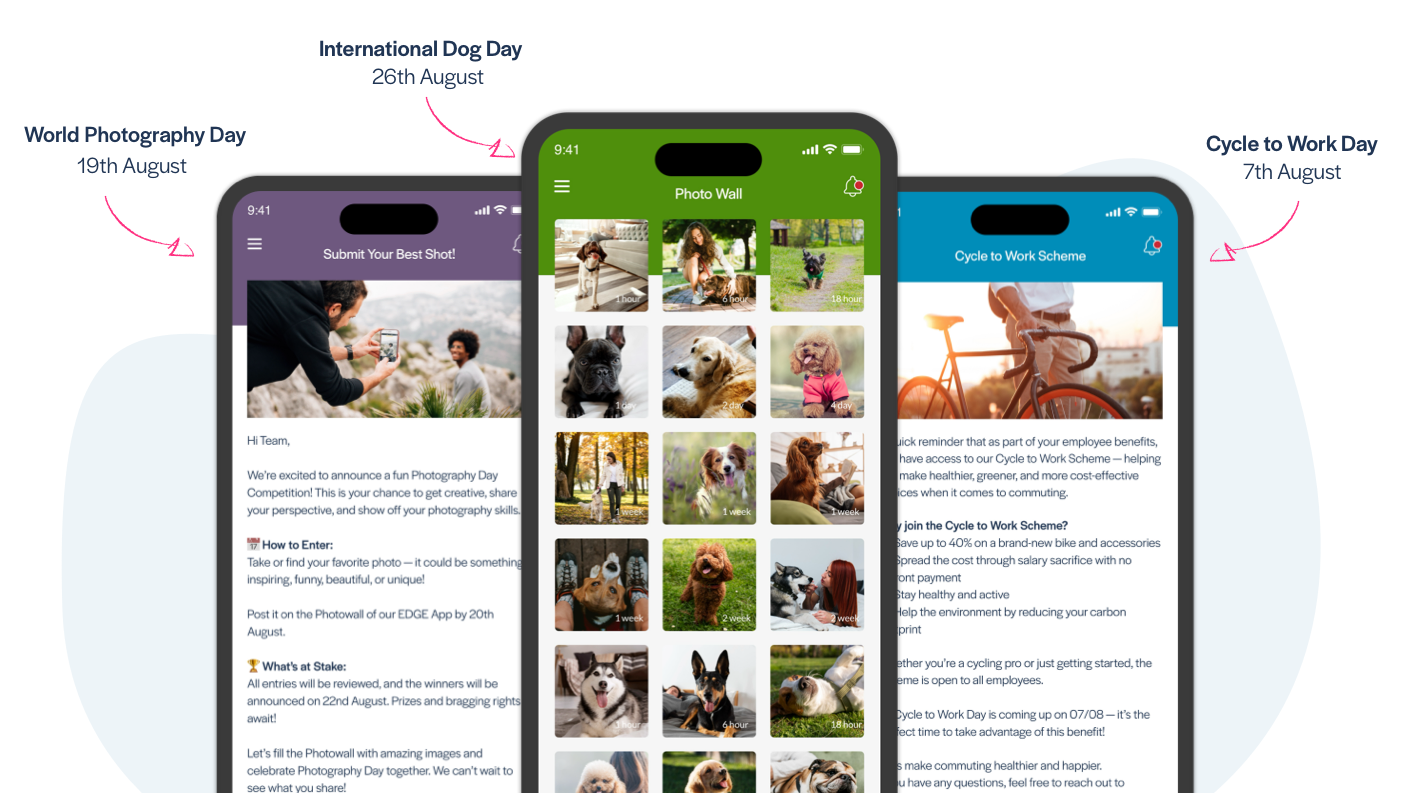
Blog
Take Your Internal Comms Role from So-So to Superstar Status
Have you just started a new position in internal comms, or have you been struggling to identify ways to make an impact? Here’s how you can step up, stand out, and make a real difference in your organisation.

As a member of an internal communications team, you know your role is seen in different lights — and not always positive ones. You’re seen as a cheerleader, rah-rahing other departments toward meeting key business objectives. You’re viewed as a passive transmitter of executive messages and often bland company news. You’re often in the position of pushing out — and holding others accountable — to employee training initiatives.
If you’re ready to elevate your organisation’s experience with IC, try these four tried-and-true ways.
#1: See yourself as a champion of strong company culture.
No, it’s not entirely up to you to establish culture, but as one who has a line to each and every employee, you (and the rest of your team) are in many ways the internal-facing voice that sets the tone.
Even if the company you work for isn’t particularly strong in the culture department, the communications you create and oversee can enable and empower the values consistent with some of the best company cultures.
Think: A culture that promotes diversity in people and ideas; a culture that gives every employee voice; and a culture that emphasises good-nature, company -appropriate fun and humor along with a strong work ethic.
One way to do this is to recruit internal “influencers” from all ranks (front line staff to remote workers to management) who are already engaged and committed to the company mission to contribute content or collaborate with your team.
#2: Be a good listener.
Effective communication is about listening as much as speaking, right? Part of your role in internal comms is to provide avenues — both face-to-face and digital — in which others can weigh in with ideas and feedback.
For starters, seek to create an honest conversation with others, in and out of your department, around communications inside your company. What types of communication do others find valuable and productive? What are just a waste of time? What frequency of communication works? What channels do people pay attention to? What gaps exist, in terms of tools and content?
Beyond internal communications, what do employees have to say about the organisation itself and their experience working there? How do they feel about policies, the brand of coffee in the break room, or the latest company announcement?
Pro tip: Pay attention to the volume of responses as well as the actual content of responses — it can give you clues into the efficacy of certain channels.
For example, if you have a low response rate to an intensive survey circulated via email, but a high response rate to a quick one-question poll inside your employee communications app, then you know that email may be a less-effective way to reach employees.
#3: Make sure content is inclusive.
One of the challenges of IC is that you’re tasked with uniting employees across demographics, departments, divisions, and locations. You must create and circulate content that speaks to various roles and that can reach employees who are dispersed and who may not even have access to company email or the intranet.
Internet comms personnel who can crack this nut are the ones who will be most successful in engaging employees.
Just as in #1, you don’t have to single handedly create all the content yourself — you can delegate to others. User-generated content within an employee communications app (like those we develop here at Thrive) allows employees to create content that they feel is relevant. Social features inside an app also give employees a way to offer suggestions and perspectives that you (and higher-ups) may not have considered.
#4: Make a business case for technology.
Lastly, if you can be a change leader in your organisation in ensuring that you — and the rest of the employees — have access to communications technologies that help you meet the aforementioned objectives, you’ll have a bigger chance to make the desired impact.
Start by keeping your finger on the pulse of what technologies are out there to facilitate communication. Join career IC groups or form your own network. Research the options that you find, develop a working relationship with your IT or engineering team, and be vocal about ensuring that technology is accounted for in the budget.
Perhaps most important, identify technology tools that allow you to track and measure the impact internal comms has on the business. One of the keys to ensuring stakeholder buy-in of any technology is this ability to track, measure, report and repeat. When you can measure performance and share it, you’ll have a clear path to creating and demonstrating value.
Next steps…
Do you want to learn more about how employee communications platforms can help you make a difference in your role? Let us show you how our reasonably priced, fully featured apps can facilitate internal communications success.
You may also be interested in...










